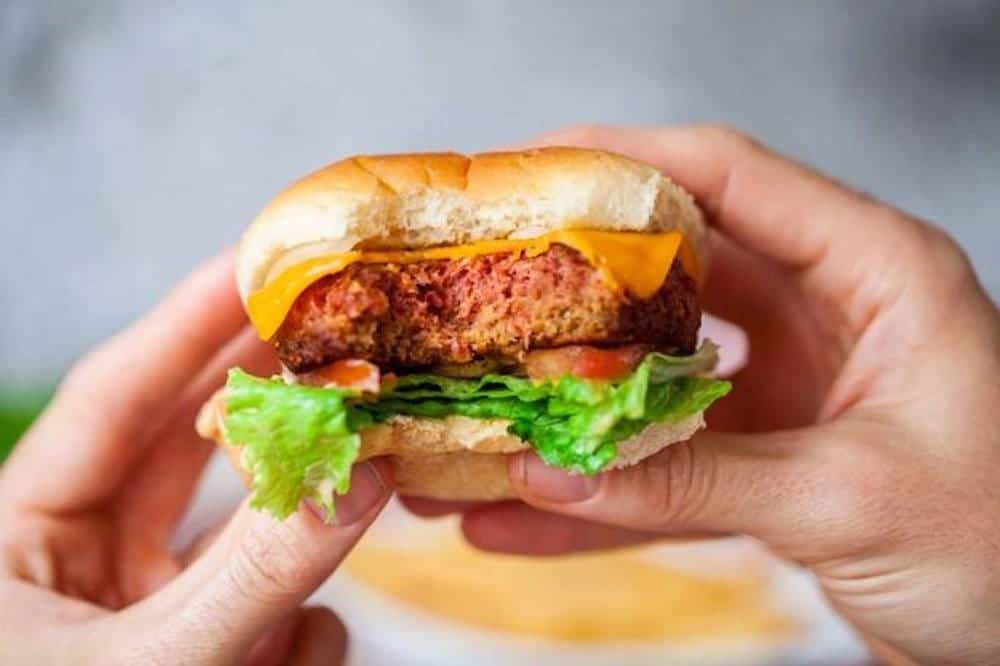It looks normal. Tastes normal. Smells normal. But there’s no meat? Impossible foods and brands that share the same vision are exploding onto the meat scene with a vengeance. Fast food eateries – typically exclusive to someone who eats meat – are now adding a new item to the menu in the hopes of attracting a growing customer base: consumers who like the taste of meat but would like to cut back on their consumption. It is a reasonable request given all the benefits of a meatless, or at least partially meatless, diet. Red meat in high consumption can increase the chances of type 2 diabetes, coronary heart disease, stroke, and other diseases. Meat cultivation is also terrible for the environment; food lots release methane into the atmosphere which heavily contributes to climate change. Moreover, meat production is very often inhumane, and the animals live a terrible quality of life. Despite the advantages, it can be said that if meat alternatives didn’t share the taste of real meat, they would likely fail. Companies such as Impossible Foods, or Beyond Meat, know this and spend a healthy amount of money on research to perfect and replicate not only the taste but the entire experience of eating real meat.

While each research team has a secret concoction to make their faux meat taste like it was bought at a butcher and thrown on the grill, we will explore the science behind Impossible Food’s process. The Impossible Burger derives an ingredient from soybeans, leghemoglobin, which is bound to a complex molecule aptly name Heme. Heme is the substance that gives blood and red meat their distinct red color, it is also an iron carrier. Heme also provides the aroma and taste of beef. This is their secret weapon. Unfortunately, isolating the substance is quite an arduous process and can’t be done on a large scale. Scientists have thus had to utilize genetic engineering to streamline burger-making: a fact many aren’t too keen to endorse. The DNA that contains instructions for leghemoglobin is withdrawn from soy nodules and placed in yeast cells. Yeast then continues into fermentation, allowing for large quantities of leghemoglobin to be churned out.

Despite these meatless alternatives, saving animals and our environment, genetic modification prevents them from being labeled as organic. Staunch opponents still regard this process as not going far enough in the elimination of meat from society. However, they are far outweighed by the many supporters. The proof is in the money, and Impossible Foods have just introduced the public’s new craze, Impossible Chicken Nuggets. Clearly, they have found a market, and with the budding interest of people trying to do their part for a better environment, this meatless alternative is here to stay.